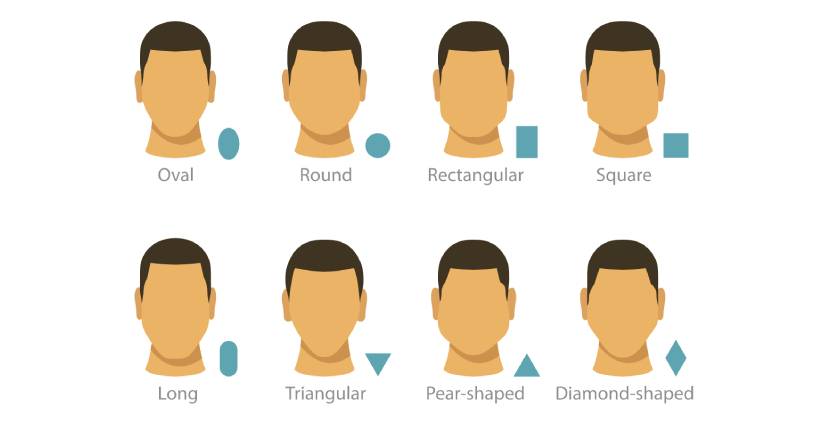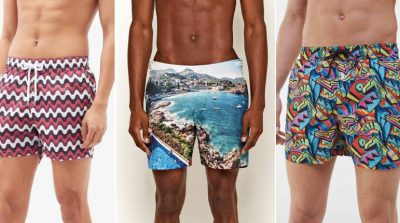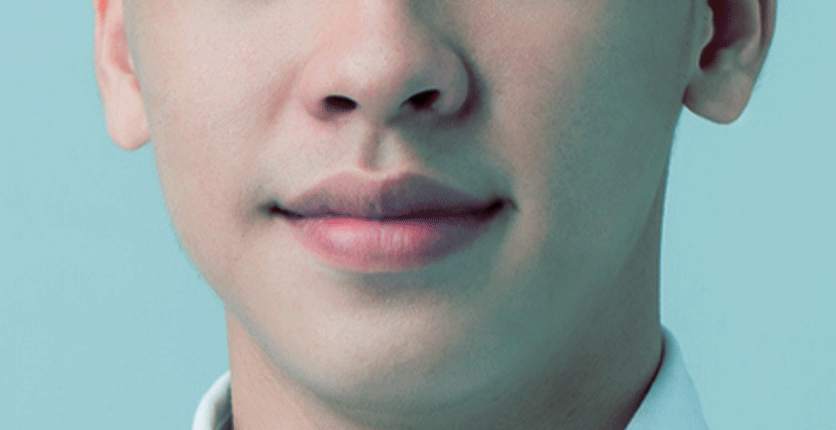Not all faces are made equal – and we aren’t talking about the subjective “beauty is in the eye of the beholder” standards. Rather, it’s about the different shapes that our mugs generally come in. Knowing our physiognomy can help us suss out the sorts of hairstyles and haircuts, kinds of beards, types of shades and specs, and even headgear options, that suit the visage that we are blessed with. Don’t know how to shape your style ’cos you don’t know the shape of your face? Here’s a simple how-to for you to re-look at the man in the mirror and find out the correct shape of your countenance.
Tools Of The Trade
First things, first… you need some instruments:
– A tape measure (the flexible kind that a tailor uses)
– A notebook and a pen, or mobile phone to record your measurements
– A mirror (not hand-held but a standing one ’cos you need both hands for measuring your features)
Measuring Your Mien
To figure out your face shape, you need the dimensions (in centimetres or inches – it doesn’t matter as long as you keep it consistent) of different parts of your face to see which are longer, shorter or the same.
Step 1: Forehead
Run the tape across your forehead horizontally, from hairline to hairline at the sides of your two temples. Make sure you’re measuring the widest part – it’s usually the vertical mid-point or halfway between your eyebrows and the central hairline above your forehead. You can also choose to measure from the peak of one eyebrow arch to the peak of the other arch if you aren’t sure (or want another set of measurements, just in case). Record down the width.
Step 2: Cheekbones
Knowing the width of your cheekbones can help you decide on your hairstyle – a wrong choice can sometimes make features like your ears look disproportionate. Locate your cheekbones – the pointy parts, just below the outer corner of each eye. Place the tape on one such pointy part, pull the tape across the bridge of your nose (and try to keep it in a straight line and resting above your cheekbones if possible), and end at the other pointy part. Note the measurement.
Step 3: Jawline
Start from the tip of your chin and trace up along the edge of your jaw until the point below your ear where your jaw angles upwards or juts outward. Measure this segment of your face then multiply the result by two (to make up for the other half of your jaw) so you obtain the entire length of your jawline.
Step 4: Face Length
Simply jot down the value of the length running from the centre of your upper hairline to the tip of your chin. You can estimate where the middle point of your hairline is if you are facing, aherm, follicle density issues.
Face (Shape) Time
Done with all the measurements? Time to face the music and see how your facial dimensions match up with each face profile description. Note: Less than a half-inch difference would mean that the measurements are about the same or similar; more than half-an-inch would be considered as different.

Square: Like Spongebob Squarepants, all your facial measurements are about the same and the angle of your jaw is more sharp than rounded.
Rectangular or oblong: Your face length is the longest, while the lengths for your forehead, cheekbones and jawline are similar.
Round: Face length and cheekbones have similar measurements; while forehead and jawline have similar measurements. But the first pairing is larger than than that of the second. To “round” it off, the jawline’s angle is softer and less defined.
Oval: Your cheekbones’ width < than your face length, while your forehead > than your jawline. And the angle of your jawline’s more rounded than sharp.
Diamond: Your face length’s the longest, followed by cheekbones, forehead and then jawline (in descending order). Also, your chin is pointed.
Pear: You have a pear-shaped face if the widest points of your jaw are wider than the widest points of your hairline.
Heart (image not shown): The forehead’s measurement reigns supreme over that of the cheekbones and the jawline, while the chin’s pointed.
Triangular: Your forehead measures smaller than your cheekbones, which in turn, measure smaller than your jawline. Your face length can be of any measurement.
Long: Your face is considered to be long if your forehead, cheekbones and chin are all equal in width, and if your face is noticeably longer than it is wide. Normally your chin will have a rounded shape.
Featured image: Shutterstock







